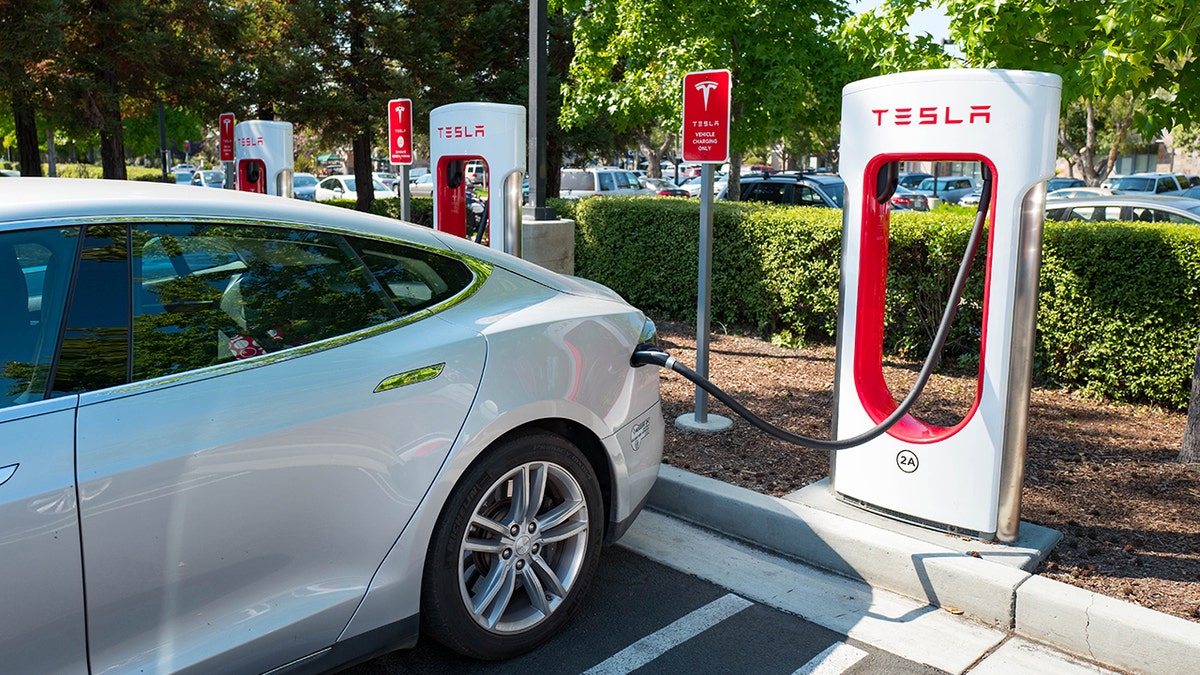The demand for Rare Earth Elements is growing as the world transitions to cleaner energy sources. Rare Earth Magnets are used in electric cars, wind turbines and other evolving technology. Regulations and environmental concerns have slowed production of magnets in the U.S. as China ramped up its manufacturing with fewer workplace standards.
“We have a very high standard of ethics that we subscribe to and we maintain within our industry,” Society for Mining, Metallurgy and Exploration president Marc LeVier said. “This is not our grandfather’s mining companies anymore. These companies are high tech and there’s a lot of regulations in place that we comply with.”
From the mid-1960s through mid-1980s, the U.S. was largely self-sufficient in manufacturing Rare Earth Elements. When the U.S. began implementing environmental regulations, nearly all domestic rare earth mining operations ended. Other countries – including China – stepped up to fill in the market gap.
“When we talk about the carbon intensity of producing something, it starts with the energy used to mine things like minerals or for that matter, any other fuel source, and then how that fuel source is used,” Sen. Kevin Cramer, R-N.D., said. “All of it is highly intensive pollution in China and it’s much less intensive in the United States. That gets back to the proven fact and why we want to demonstrate this advantage that the polluters have over us.”
A Rare-Earth mine is seen in Baiyun’ebo or Bayan Obo, a mining town in Inner Mongolia in China. (Bert van Dijk / Contributor)
U.S. firms relocated their production to other countries, like China. Manufacturers faced less stringent standards and could pay lower wages abroad.
“Sometimes we just can’t compete with what the Chinese do. The Chinese don’t have those kinds of standards,” LeVier said. “We have a lot of regulatory rules that we have to abide by. We have prescribed a way of dealing with the environment. We document baseline studies to demonstrate how it is before we come in and disturb the ground. And our goal is to put it back the way we found it or better.”
Nearly every part of the process impacts the environment. Mining can pollute ground water and destroy ecosystems. Dangerous metal byproducts are released into the air through refining. China also has less restrictive labor laws. LeVier says his colleagues at the Society for Mining, Metallurgy and Exploration who have visited Chinese mines and manufacturing plants were surprised about the working conditions and safety standards.

FILE — Tesla automobile plugged in and charging a Supercharger rapid battery charging station for the electric vehicle company Tesla Motors, in the Silicon Valley town of Mountain View, California, August 24, 2016. (Smith Collection/Gado/Getty Images)
“I think that some of that’s improving,” LeVier said. “It’s the old adage it can’t improve fast enough and it should have improved yesterday. But we know that we can operate these mines safely. We’re the best in the world at operating safely and responsibly.”
The U.S. has several places where large portions of Rare Earth Elements could be mined and refined. Geologists have announced deposits in Idaho and Colorado. Manufacturing companies are examining locations in Montana, Arizona, Nevada and Wyoming. However, government regulations are slowing down any new mining and manufacturing efforts.
THE SLOW DEMISE OF GREEN ENERGY?
“We need a dramatic increase in our ability to mine and process minerals both here in the United States and around the world, in places that are our friends and our allies,” Sen. Chris Coons, D-Del., said. “That’s something that I think we should be doing on a bipartisan basis, permitting reform and investing more in the development of these critical minerals.”

Hummer EVs are seen on the production line as President Biden tours the General Motors “Factory ZERO” electric vehicle assembly plant, in Detroit, Michigan, on Nov. 17, 2021. (REUTERS/Jonathan Ernst/File Photo)
American Rare Earths plans to begin operations in about five years at their site in Halleck Creek, Wyoming. U.S. Critical Materials is exploring a location in Southwest Montana called Sheep Creek. However, it could need another five to 10 years of exploration before applying for permits to mine. The company tells fox it is also working to expand rare earth processing in the U.S. alongside the Idaho National Laboratory. After an eight-month study, it hopes to be among the few domestic producers with the technology to separate and refine rare earth elements.
CLICK HERE TO GET THE FOX NEWS APP
“This has exposed other vulnerabilities we need to take care of. We’re in the process of doing it. But of course, you can’t do it with the snap of your fingers,” Sen. John Cornyn, R-Texas, said. “China is actively trying to sabotage other sources of these rare earth elements because they realize what a competitive advantage it is to have us dependent on them.”
Demand for Rare Earth Elements is expected to rise 40% in the next two decades as additional wind turbines power businesses and homes, and more electric cars hit the road.
“I think a lot of people in the United States are waking up to that now and realizing, Well, what do you mean we’re going to open more mines in order to have an energy transition?” LeVier said. “We’ve got a great opportunity. And we can we can get it done with the minerals we have here in the United States.”